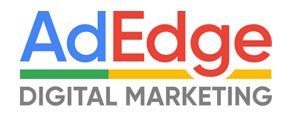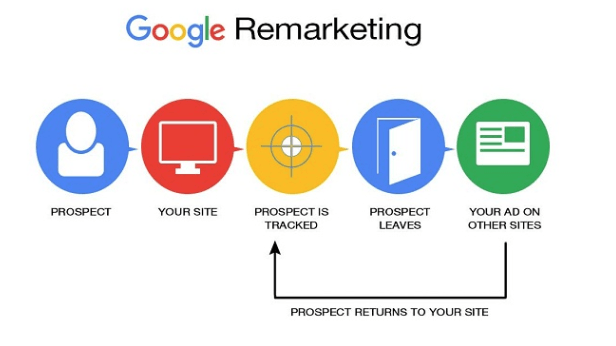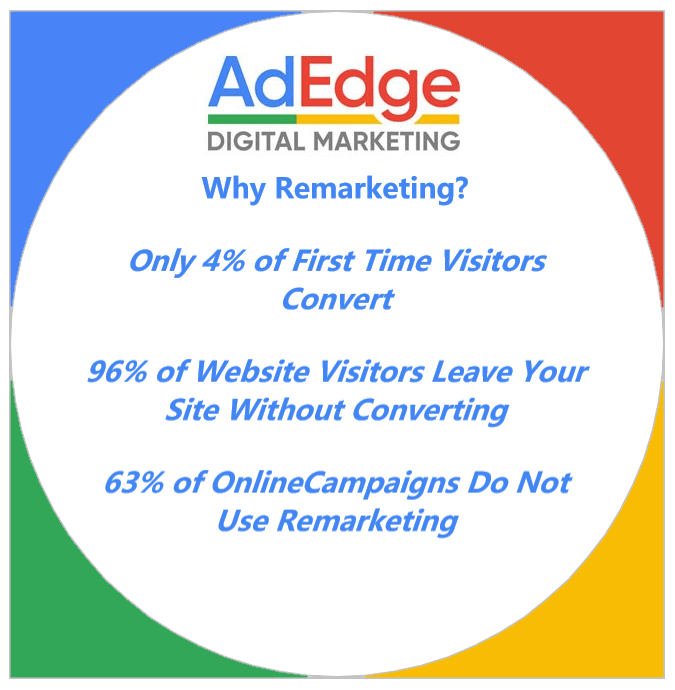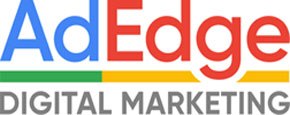It’s not enough to just have a website. Websites in 2019 must be optimized and active to help companies attract and retain customers. A strong marketing strategy starts with setting up your website to reach the most potential customers and tailoring the message and presentation to attract attention from people most likely to be interested in and benefit from your services.
Just as it’s easy to start a company but hard to grow a company, it’s easy to build a website but hard to ensure that site is as effective as possible at reaching the people who need you most. So what is a company to do? One critical step is Search Engine Optimization, or SEO.
Search Engine Optimization refers to all the ways you can make your website attractive to Google and other search engines, which ensures people can see your website and its pages on search engine results pages, or SERPs.
Search engine traffic is essential. A 2014 study by Conductor looked at data from 30 websites in six industries. The study found that 64 percent of traffic was from unpaid search engine results. Only 12 percent was from viewers directly typing in the web address.
While search engines are critical, it’s not enough just be listed. A study from Advanced Web Rankings shows that it’s not enough even to be on the first page of a search result. In the study, the top five results hoarded almost 68 percent of clicks. Results six through 10 collected only 3.7 percent.
So how do you catch the attention of search engines? First, you must stay current. Search engines regularly update their algorithms, changing how they organize rankings by adjusting what they look for or prioritizing different techniques. SEO plans must be updated accordingly. You’re not going to get the results you want in 2019 if you’re still following the 2017 playbook.
Still, some steps are essential regardless of the algorithms. To make sure search engines register all your site and your company have to offer, be sure to use proper metadata titles, keywords and descriptions for your site. Images also must be tagged propertly. Pictures often are helpful to the viewer, but search engines need alternative text to “see” the image.
Another universal is the need for quality, helpful content. The old sayings “garbage in, garbage out,” and “putting lipstick on a pig” have become cliche because their truths are so universal. SEO can get you traffic, but all the traffic in the world doesn’t matter if no one wants to read your content.
The internet is an ever-changing space. To remain effective, marketers must keep up with changing consumer trends. One of the most profound changes in recent years is the proliferation of smartphones. Consumers increasingly are searching the internet and doing business on their phones. The trend has significant consequences for companies and marketers. Internet marketing was build around computer screens, which tend to be fairly large, horizontal and relatively uniform in dimension. Mobile devices, however, are much smaller and more diverse.
To address this trend, companies must design their websites to be universally compatible, optimized for both mobile and desktop formats. But the growing preference appears to be for mobile over traditional computers. Google in March acknowledged for the first time it is using mobile-first indexing, meaning the search engine only indexes pages’ mobile versions. So updating a desktop page without paying attention to the mobile version could leave you off the rankings.
Because viewers increasingly are relying on their phones and other mobile devices, it is even more important that pages are optimized for smaller, vertical screens. Fewer elements can fit on a smaller phone screen, so designers must choose wisely what is included and how it is presented.
Those decisions are critical not just for presentation, but also for page loading. Depending on the connection speed, pages often load more slowly on mobile devices than traditional computers. Large pictures also are less necessary and can be cumbersome. According to a 2017 study by Google, most mobile sites are painfully slow because they are crammed full of too many elements. The study looked at 11 million mobile advertisement landing pages. For 70 percent of the pages, it took more than five seconds for the primary visual image to load and more than seven seconds to load all visual content at the top of the page.
Viewers apparently aren’t that patient. The Google study showed that viewers were 32% more likely to leave the page if it took three second to load as opposed to one second. Viewers were 90% more likely to leave if the page took five seconds to load, and they were 123% more likely to leave if loading took 10 seconds. Pictures and graphics can catch viewers’ attention and lead them to other information on the page, but if those images take too long to load, they can do more harm than good.
If you are unsure of how your website or SEO effort is performing, feel free to give us a call at (203) 682-4585 or contact us for a free evaluation and recommendations.
















